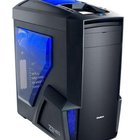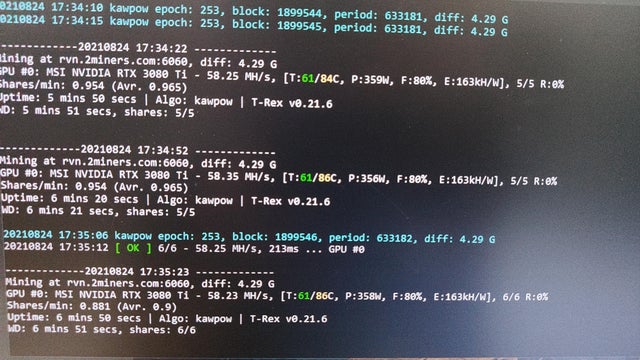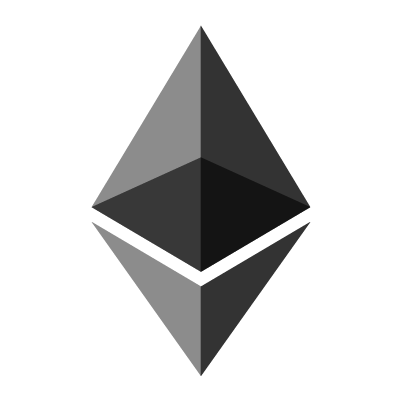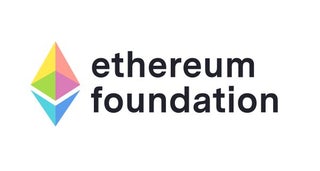Bitcoin is already a success story like no other. Will the Lightning Network ’s cheap transactions take the party to the next level? As our exploration of this new technology proceeds, we turn our heads to the ideas of Peter St Onge. Through his newsletter CryptoEconomy, he tells us about the Porcfest in New Hampshire. There, attendees transacted using the Lightning Network all through the festivities. Related Reading | How Big Is Bitcoin’s Lightning Network? The Answer Will Surprise You “It was on-the-ground confirmation of what the statistics are already saying: the Lightning Network has arrived. Confirmation that the Bitcoin developer ecosystem has now built the holy grail: Bitcoin as a true medium of exchange. One where transfers are instant, essentially free, and as easy to use as the simplest app on your phone, whether Uber, Venmo, or Twitter.” An accurate description of where the Lightning Network is right now. However, we’re here to explore another idea of his. In “How Cheap Lightning Changes the World,” St Onge tells us: “Millennia of inventions show they don’t begin to change the world until they get cheap. Implying Bitcoin’s disruption of the real world hasn’t even begun, and Lightning Network can take it there, from the narrow “digital gold” of today to something revolutionary on the order of agriculture, the printing press, or the internet itself.” Are the Lightning Network ‘s almost-free transactions what’s going to take Bitcoin to the “something revolutionary” level? That’s the case we’re here to make. The Lightning Network Solves Problems On The Cheap To complete the “something revolutionary” idea, the author gives us this tenet: “It’s not invention that matters, it’s diffusion. For example, steam engines were invented in the 1st century AD by Heron of Alexandria, then forgotten for roughly 1,500 years until independently rediscovered, launching the single biggest transformation since the invention of agriculture.” To change the world, an invention has to solve problems and be cheap enough for the effort to make sense. “The benefits of the solution have to exceed the costs of the solution.” Cheap technology solves exponentially more problems than an expensive one. So, Peter St Onge is tankful for the Lightning Network ‘s “magical, world-changing, revolutionary cheapness.” BTC price chart on Bitbay | Source: BTC/USD on TradingView.com Potential Applications For Microtransactions According to the author, the Lightning Network could be useful for: “Trading things that are valuable in aggregate, but too cheap on their own.“ Trading “things that are very valuable individually but that are currently either too expensive to trade or that face regulatory barriers.” Plus, “Lightning could build uncensorable speech platforms, even uncensorable commerce of physical things.” Related Reading | Bitcoin Lightning Network Sees Storm Of Activity And Adoption Also, “there are millions of failed or obsolete business plans through the ages that are viable with sufficiently low transaction costs,” according to Peter St Onge. The author closes his prediction with a rather large time window for it: “And, to be fair, we’re not talking an overnight revolution; Lightning is growing fast, but probably still has years to reach scale. So I have no idea if we’re talking 2 years or 20 years. But neither should be surprising. Still, in aggregate, I think microtransactions have the ability to finally unlock Bitcoin’s potential far beyond money.” His point remains, the Lightning Network ‘s usage is cheap enough and user-friendly enough to potentially onboard the next billion Bitcoin users. And the party is just starting. Let’s finish this with a phenomenal video in two parts that shows how the Lightning Network ’s been under attack, but persisted and conquered: (PART 2) pic.twitter.com/gTwsqSLaUb — ₿ Isaiah⚡️ (@BitcoinIsaiah) August 24, 2021 Featured Image by TheDigitalWay from Pixabay – Charts by TradingView





